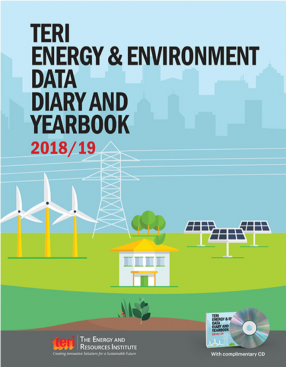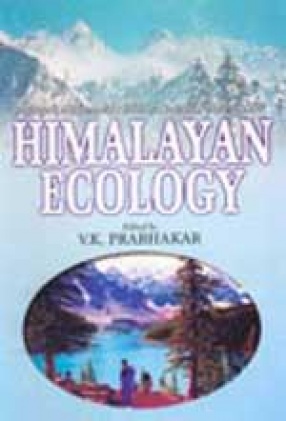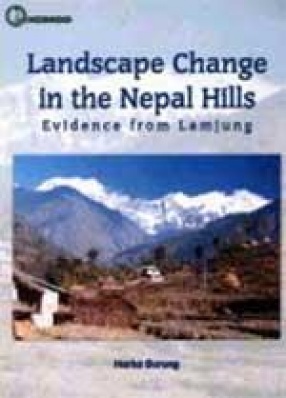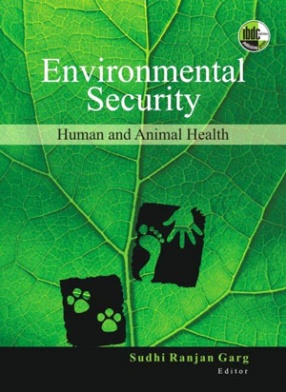Teri Energy & Environment Data Diary and Yearbook (TEDDY) 2018-19
TEDDY 2018/19 gives an account of India’s commercial energy balances, extensively covering energy flows within different sectors of the economy and how they have been changing over time. These energy balances and conversion factors are a valuable reference for researchers, scholars, and organizations engaged in energy and related sectors. After the introductory chapter, TEDDY 2018/19 is divided into three sections—Energy Supply, Energy Demand, and Local and Global Environment. One of the main highlights of TEDDY 2018/19 is the addition of a new chapter—Buildings—under Energy Demand section. This chapter gives an in-depth analysis of India’s energy consumption by the buildings sector, and highlights the role of energy efficiency in buildings from the perspectives of both economy and environment. The thirty-fourth edition of TEDDY continues to remain less prose intensive with inclusion of more data, represented with the help of infographics, thus making the publication an authentic and interesting read. TEDDY 2018/19 also features a section on interlinkages of SDGs with energy and environment
Key Features
Exhaustive compilation of data from energy supply and demand sectors
Recent data along with data from the past years covered in the form of structured and easy-to-understand tables
Recent advances made in the energy sectors
Self-explanatory figures and graphs showing the latest trends in various sectors
The “Green Focus” at the end of every chapter highlights a topical issue
A complimentary CD that contains all the chapters and additional tables
Contents
Preface
About TEDDY 2018/19
Contributors
Acknowledgements
List of Tables
List of Figures
List of Maps
1. Energy and environment: an overview
Energy supply
2. Coal and lignite
3. Petroleum and natural gas
4. Power
5. Renewable energy
Energy demand
6. Agriculture
7. Industry
8. Transport
9. Household energy
10. Buildings
Local and global environment
11. Air quality and pollution
12. Solid waste management
13. Water resource management
14. Land and forest resource management
15. Climate change
Index
Get it now and save 10%
BECOME A MEMBER







Bibliographic information